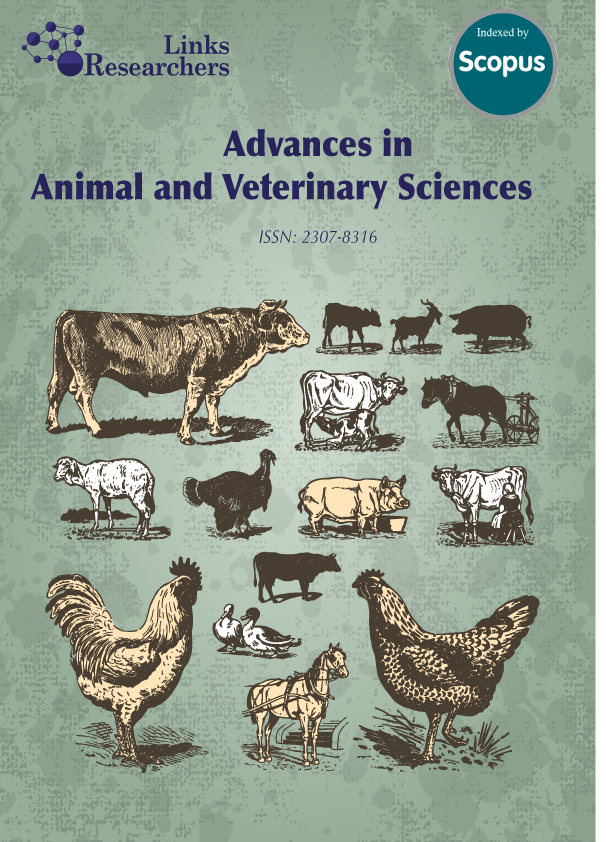Smallholder Beef Cattle Husbandry and Fattening Practices in Rural Production System of Ethiopia
Smallholder Beef Cattle Husbandry and Fattening Practices in Rural Production System of Ethiopia
Amistu KU1,2*, Monahan FJ2, Wims P2, Yonatan KY1 , Fahey AG2, Takele TA3
ABSTRACT
The study was carried out to assess the beef fattening practices and management in the Wolaita zone, southern Ethiopia. Three districts representing three agro-ecologies were selected purposively based on their higher potential for beef cattle fattening and marketing. A cross-sectional study design was used to obtain data from local cattle fattening farmers (n=306) using a semi-structured questionnaire. The majority (94.4%) of respondents depend on the mixed crop-livestock farming activity as a source of income. The major feed resources for beef cattle fattening during the dry season are Desho grass (30.7%), hay (15.0%), and crop residues (14.7%) as basal diets, whereas for the rainy season fatteners almost fully depend on natural pasture (97.7%). However, fatteners use corn/fresh maize (87.7%), coffee leaf boiled together with water (44.4%), haricot bean (40.5%), cassava root (28.8%), mixed concentrates (21.6%), enset root (14.7%), and local brewery by-product (9.8%) as supplementary feed. The mean age of cattle when fattening began is 5.32±.08 years and fattening duration will take around 3.48±.05 months. Farmers fatten about 1.88±.05 cattle/fattening season and 1.74±.03 times /year. Decisions for finishing cattle is highly determined (p<0.05) by body condition change, weight gain, feed intake and market price. Moreover, cattle market prices are highly influenced (p<.05) by fasting season, market type/distance and body condition. Therefore, by-product-based beef cattle production systems are practiced in Wolaita, southern Ethiopia and are associated with low-input systems. These has to be improved if beef production in the area is to operate on a commercial basis.
To share on other social networks, click on any share button. What are these?





